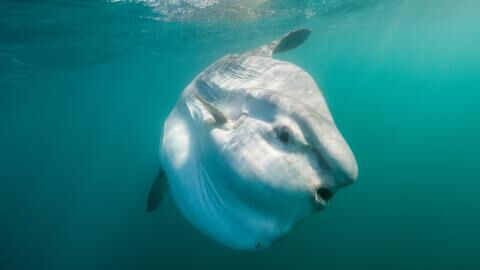Kory Evans, from the Department of Biosciences at Rice University in Houston, USA, embarked on a project to produce 3D images of the evolution of the shape of wrasse skulls. On August 10, after studying a skull of a vegetarian fish native to Australia, Kory Evans made an incredible discovery which he then shared on Twitter.
Discover our latest podcast
In the photo he posted, you can see a fish whose tongue has been replaced by a parasitic crustacean. Alongside the photo, the American biologist wrote:
I found a tongue-eating isopod (purple) in one of our wrasse scans this morning while digitising it. These parasites attach themselves to the tongues of fishes and effectively become the new tongue… horrifying.
This isopod manages to get inside the fish’s mouth and paralyse its tongue by sucking on the blood vessels. The parasite then feeds on the nutrients and ends up actually replacing the fish’s tongue. The individuals targeted by this crustacean are generally underweight due to problems related to their diet.
Nicknamed ‘fish lice’ or ‘tongue-eating louse’, this isopod, which is closely related to the land woodlouse family, is scientifically known as Cymothoa exigua.
‘This is the only known case of a parasite assumed to be functionally replacing a host organ,’ Kory Evans goes on to explain that, ‘although the isopod seems scary, little harm is done to the fish aside from the removal of its tongue.’
A fascinating project
The 3D images of the isopod fascinated Twitter users and his work sparked the interest of several parasite experts who didn’t hesitate the contact Kory Evans. After completing this project, Evans wishes to carry out a similar study on the Cymothoa exigua.















